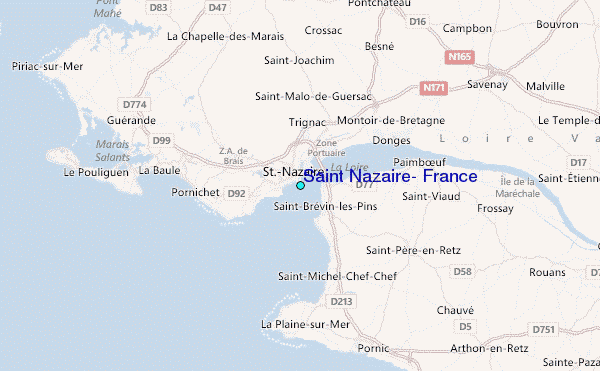Fitch is a good, even excellent officer with great depth of experience in carrier operations, a very solid choice. Cooke is, at best, a wagon train boss, did a fine job hearding slow transports in open water and was apparently a very good administrator of naval training schools, but he knows zip about carriers, carrier operations, or even the scouting forces (one doesn't need to be an aviator to be a successful TF commander, no matter what the Brown Shoe Mafia contends, but it useful to at least understand how carriers operate a la Spruance).
The RN and USN, at this time are, to paraphrase the old saying "two navies divided by a common language". IOTL this was discovered during the North African landings where, despite almost a full year of active alliance and close to a year of lower level cooperation under combat conditions in the North Atlantic the two fleets discovered, to their horror, that they had no clue what the other was going on about. Fortunately, the naval forces, although under the overall command of a Royal Navy officer, were more or less divided by nation (i.e. USN force & RN force). This was a general policy that continued throughout the war where, outside of a destroyer or three and some minesweepers, the two fleet remained separate at the tactical levels. The sole exception to this was Dragoon, where, for the only time in the war, British, French, and American heavy units operated on combined Task Forces (and even here the separation was mainly broken by the inclusion of significant French naval forces). Even in the Pacific, late in the war, after 3 1/2 years of close cooperation, the British Pacific Fleet operated as a separate Task Force (TF 37) attached to Third Fleet
Mixing fleet units inside a TF is sub-optimal.
As far as the KM threat, based on the OOB you provided, there are 15 U-boats, operating in three pack in the area. The WAllied units are going, especially at Brest, going to be forced to operate in very tight waters, the "better" firing locations are on the edges of the outer bay, within a confined 7 mile wide area with serious shoals on either side.
Also, you mean the carrier forces are 150 miles WEST of the target areas, right? 150 miles east of St. Nazaire puts the Wasp well inland, about 20 miles east of Tours.
All this said, I am still very interested in seeing how this all comes together.





